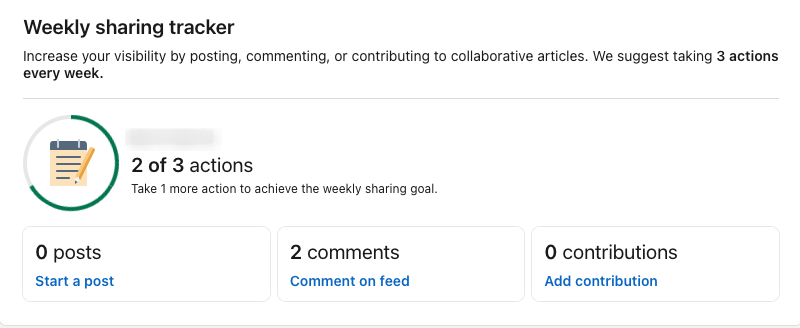Was it worth to read that ?
Table of Contents
I had originally written a post about a tool I use daily, but as I was writing it, I realized how little value it actually brought…
Don’t get me wrong—I still plan to publish it. But during my review, I had the horrible feeling that I had wasted my time reading it.
Trying to understand why this article lacked interest, I took some time to read other articles I had recently come across—some that I really enjoyed, and others that gave me the same empty feeling as the one I had just written.
I’m not a journalist, and even though I’m the kind of person who has strong opinions on everything, I’ll stay reasonable and limit myself to discussing articles about topics I know: IT and Security.
Content Overflow
With the wonderful tool that is the Internet, anyone can give their opinion, write articles (even me—what a terrible idea…), comment, or react. And that’s a great thing! Not so long ago, if you wanted to share your opinion, engage in public debate, or respond to a technical solution you read about in a magazine, you needed patience—and probably a pen and paper (I assume).
Luckily, I was born in 1994, so I’ve been able to share my thoughts with whoever was willing to listen since I was a kid!
However, once capitalism realized people were surfing the web instead of watching ads on TV, the economic model quickly spread online—servers are expensive, after all…
The beauty of advertising is that the more people see it, the more money flows in. So, the more content we produce, the more ads get viewed, and the more money we make! And if we can outsource content creation to the very users who are supposed to watch those ads, even better. (Hello Mark and co 👋)
You probably see where I’m going with this… Writing an article takes time. You need to find a topic, the right angle, research it so you don’t talk nonsense (at least not too much), and present it in a way that makes it at least somewhat interesting.
After all that effort, you want it to be worth it, so you share it using the tools available to you. (I’m not going to give the usual speech about algorithms—there are plenty of people much smarter than me who have written books about that. Read them.)
And then, you see this:

Screenshot of “Weekly sharing tracker” on LinkedIn
Did we really need this article?
Well, good news! Now you know how to get your content seen: produce a lot of it.
The bad news? You don’t have unlimited time to do that, so you have to fill the gaps.
To do that, you have a choice. On TV, 24-hour news channels solved this problem by putting editorialists random talking heads on air to debate shout opinions at each other.
In IT and Security, I see a few different approaches:
- The famous LinkedIn posts full of emojis, generated by ChatGPT. (Do I need to elaborate?)
- The endless “Top 10 VSCode plugins” / “Top 10 Linux distributions.” These articles are everywhere, just listing tools/OS/extensions with descriptions you could find on the first page of the official website.
- The “Fancy Tool Introduction.” This one is tricky. In principle, it’s useful—it’s a great way to discover new tools, frameworks, or whatever (and that was actually the point of the article I initially wrote). But more and more of these articles are just shallow copies of the Introduction and Quickstart sections of the official documentation.
So, what’s the problem with these articles?
From my perspective, they don’t add anything. The author provides no analysis of what they’re presenting.
If an AI can generate a post with a single prompt, why would I need someone else to do it for me?
If I need a tool, a framework, or whatever, I’ll look at the available options and find the one that fits my needs.
If I want to discover a new tool, I’ll read the docs, install it, and test it myself.
You might say, “If you don’t like it, just don’t read them.”
And that brings us back to the problem of content quantity.
These filler articles are produced in massive amounts, drowning out the posts that could have actually been interesting under a flood of content that wasn’t worth the five minutes you spent on it.
So what makes an article useful?
I don’t think I can fully answer that question, especially since the answer depends on individual needs and interests (also that would be quite pretencious inside an article you may find useless).
But an article should bring something to the table. You’ll never read a newspaper headline saying, “Something happened on Saturday.”
A journalist will always provide context, connect the event to other relevant facts, include testimonies, and give an analysis.
I think the same applies to technical articles. If you want to talk about a great tool you’ve tested, explain why it’s good, how and in what context it helped you, and where its limitations are.
In short, provide an analysis.
An article should take the first step that you haven’t yet taken.